Six Surprising Uses of Force Sensors in Research

Posted on Mar 07, 2016 in Robot Sensors
5 min read time
Force sensors are often used in robotics research. Normally we just use them to implement things like force control or to gather experimental data. Sure, that's great, but it's not very interesting, is it? Researchers are an inventive group of people. They sometimes use technology in surprising ways. Here are six of the most unusual research applications for force sensors that I have found to date.
You would be forgiven for thinking that force sensor applications are not all that fun. Force control, force feedback. We've heard it all before in robotics research. Here at Robotiq, we think that force sensors are great fun! That's why we produced our free eBook and email series: Force Sensors in Robotics Research: The Essential Guide (which you can download here). But, using a Robotiq Force-Torque Sensor to build a Lego Christmas tree is not the most surprising use of force sensors. Here are some unusual applications from other research fields.
1. You've Forgotten to Drink Your Coffee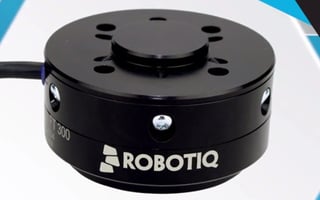
Apparently, the office of the future will be covered in force sensors. This paper in pervasive computing says that 15% of smart furniture applications will use a force sensor. By detecting changes in force patterns over time, they say, your own desk will be able to tell what mood you're in and even if you've forgotten to drink your coffee (by detecting the weight of the cup). Probably, thin foil-based force sensors will be the most useful for this type of application as they are easy to add to a flat surface and relatively cheap.
2. How Annoying is the Self-Checkout Voice?
If you have ever used a self-checkout counter at a supermarket, it will come as no surprise that force sensors are used to weigh your items. They tend to use precise load cell force sensors and compare items against a database containing their standard weight. These checkouts can be massively annoying when they tell you that there's an "unidentified item in the bagging area" when clearly there isn't, but then that’s probably the vision system not the force sensor.
This research from the University of Wisconsin could be used to tell just how annoyed you are at the machine. They add a force sensing plate to the back of the touch screen in a self-checkout. By tracking "kinetic variables" they can detect the variations between how different people press the touch screen buttons. In the paper, they use these variables to determine if a user has a motor control disability; however, the same technique could probably be used to tell when a shopper is pressing the screen roughly in frustration. The machine could then say "Please calm down, sir or madam" which would be sure to have the opposite effect.
3. Punch Your Lights Out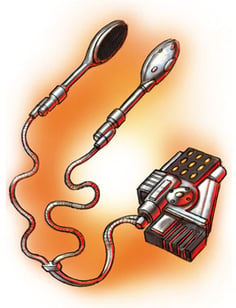
The Force Detector was an odd looking (imaginary) device for measuring "The Force" in the Star Wars universe. However, for most of us who don't live in a galaxy far far away, the only force that people can use to fight comes from their fists. You might not associate boxing with force sensors, but apparently it’s the new thing. In this paper, researchers use simple, round force sensitive resistors to detect punches. They measure the boxer's heart rate with an ECG belt and LED lights are used to show when a punch has been detected.
As we discuss in our free eBook, force sensitive resistors are a great option if you want a really cheap way to measure whether or not someone has applied a force. This DIY boxing trainer used homemade force sensitive resistors to make a game of "boxing whack-a-mole" for less than $100. With an error of up to 25%, force sensitive resistors aren't very accurate. But, how accurately do you really need to be to detect a punch?
4. A Feel for Film
Haptics is a very popular research field for force sensors and there are many fascinating haptic applications. This paper presents one of the more unusual ones. The researchers use a 6-axis force torque sensor to make a system for video editing. The system allows the editor to "feel" the video by placing "haptic landmarks" like bumps and ridges to represent the different frames.
5. Kick Around
We've already had punch detectors, now it's time for the kick detectors. It turns out that force sensors are quite popular in full-contact sports! In Taekwondo, force sensors are integrated into the fighter's protective body wear and shoes. Each time a kick is registered, the kicker wins one point. The force sensor data is even used to determine if the kick is hard enough to earn a point. One fighter was disqualified a few years ago for putting multiple sensors into their shoes so it would register as multiple kicks.
This research paper explains how piezoelectric force sensors are used for this type of sensorized suit. Piezoelectric force sensors are perfect for this application because they deliver a short burst of voltage relative to the force which is applied. However, they are less well suited to robotic applications because the voltage decays quickly.
6. How Lame is Your Cow?
It's not a problem that many of us have to deal with, but apparently it's quite difficult to tell if a cow is lame. It must be a big problem for farmers because there are several research studies which propose ways to automatically detect lameness in cows. This paper presents two different ways of using force sensors to deal with this problem. The first method uses four strain gauge sensing platforms which the cow stands on during milking. By detecting the difference in the leg weights and comparing the cow's behavior over various milkings, they can tell if the cow has gone lame. The second method uses two parallel thin film force sensors. The cow walks on them and the system can detect its dynamic walking patterns.
Finding Good Research Applications for Your Force Sensor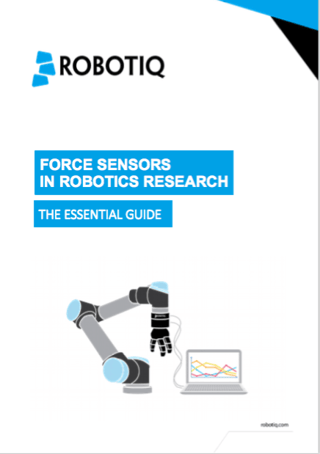
There are loads of great research applications for force sensors. You are only limited by your imagination and practicality. We introduce several of the most popular robotics applications in our free eBook and email series. The eBook also covers lots more information about using force sensors in robotics research, including: the different types of force sensors available (e.g. piezoelectric, strain gauge and capacitive sensors), how to use force torque sensors to gather experimental data and presenting force data in your research results.
Download it by clicking below! (Did we mention, it's free!)
Which surprising research applications have you seen? Have you thought of an interesting application you've never seen elsewhere? Do you have any questions about force sensors? Tell us in the comments below or join the discussion on LinkedIn, Twitter or Facebook.




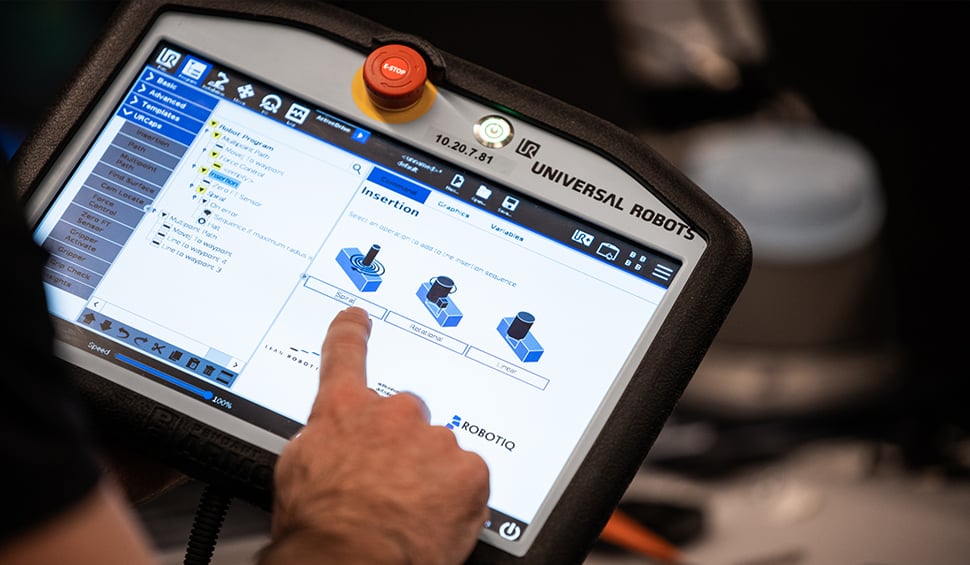
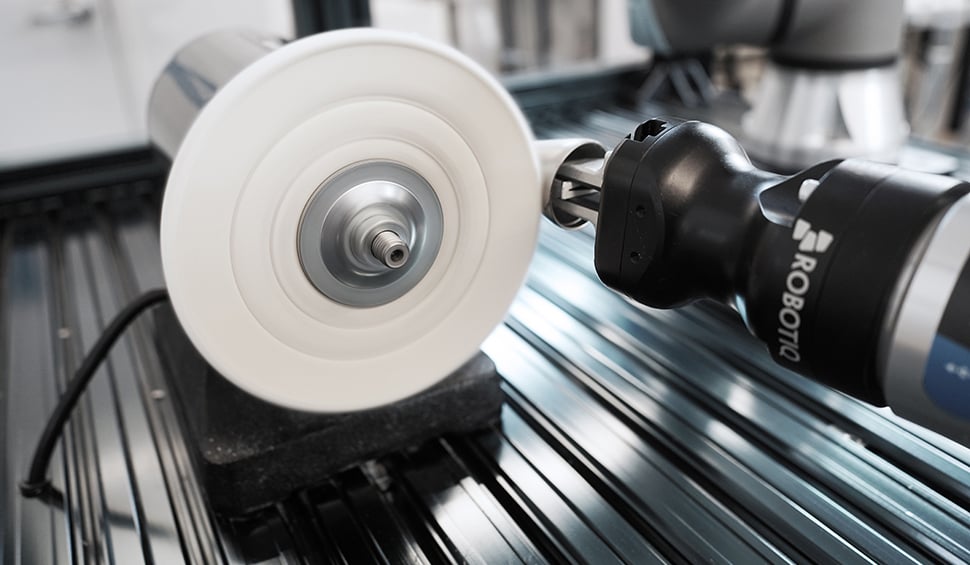

Leave a comment